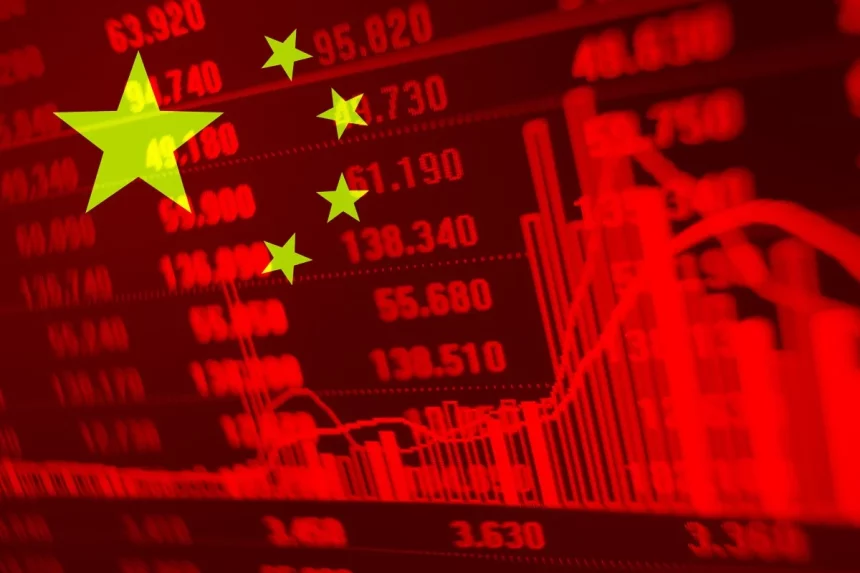Asian stock markets climb with the Hang Seng benefitted. Several Asian stocks gained on Friday, pointing to an upbeat quarter as concerns of a banking catastrophe faded.
Asian stock markets and Hang Seng boosted by tech splits
The Hang Seng index rose 1%, with JD.com (HK:9618) (NASDAQ: JD) shares rising almost 7 percent soon after news reports. That said the company intends to sell off its real estate and business units on the Hong Kong exchange, each worth $1 billion.
The announcement comes after JD rival Alibaba Group Holding Ltd (HK:9988) (NYSE: BABA) declared a six-way split early this week. This was accepted by buyers hoping that China’s regulatory stance towards its technology titans would change.
On Friday, technology companies provided a major lift to Hang Seng, with Alibaba up 3.5%. The index is now on track for a roughly 3% weekly gain. Within the first quarter of 2023, the Hong Kong average rose by more than 3%.
Asian stock markets saw Chinese equities weaker
On Friday, Chinese stocks trailed behind their regional counterparts, with the Shanghai Shenzhen CSI 300 and Shanghai Composite indexes, each rising about 0.2%. While Chinese service sector activity increased at its fastest rate in 12 years in March. Manufacturing activity slows from the previous month, showing to an unstable recovery in Asia’s biggest economy.
The manufacturing industry, which serves as a barometer for the Chinese economy, is experiencing increasing challenges from weak overseas demand. Despite the easing of anti-COVID constraints. This is also set to postpone a stronger recovery in the Chinese economy this year.
Broader Asian stock markets climb
On Friday, China-exposed stock indexes rose. South Korea’s KOSPI gained 1%, while Australia’s ASX 200 gained 0.8% and was poised to gain more than 3% this week. As markets priced in a delay in the Reserve Bank’s hikes in rates.
The Nikkei 225 index in Japan rose 0.9% after figures revealed that Tokyo inflation dropped in March. Though at a slower-than-estimated tempo. Other statistics indicated that Japanese industrial output increased sharply in Feb after falling drastically in Jan.
Further, as fears of a banking disaster subsided, Asian stocks advanced and were poised for strong quarterly gains. The Federal Reserve’s favored inflation gauge, the personal CPI in the United States, is now the center of attention.
Forex in the Asian session
Asia FX is subdued, and the dollar falls before PCE inflation figures.
The majority of Asian currencies shifted not much on Friday as the dollar fell on signs of a weakening job market. With all eyes focusing on a reading of the Federal Reserve’s preferred inflation gauge later in the day.
Nonetheless, the majority of Asian currencies were moving higher for the initial quarter of 2023. As worries of a financial collapse crushed the dollar and fueled bets that the Fed would scale back its aggressive attitude. Over the last 3 months, the US dollar has fallen by 1%.
As statistics indicated that Tokyo’s inflation softened slightly less than anticipated in March. The Japanese yen was unchanged. The reading typically predicts an identical trend in the national inflation rate, which is scheduled for release later in April.
According to additional data, this was accompanied by an increase in unemployment. The Japanese retail sales and industrial output both experienced significant increases in Feb.
The US dollar was still suffering from significant overnight declines and made little progress in Asian trading. The dollar index and its futures each increased by less than 0.1%, approaching a month’s bottom.









